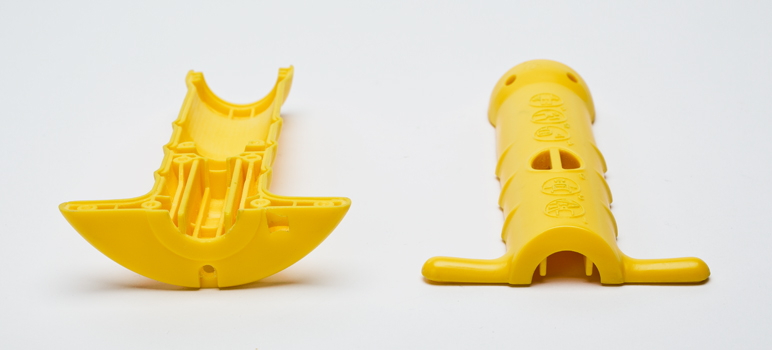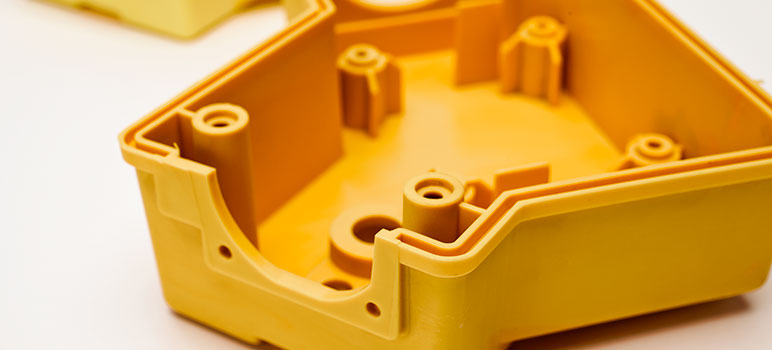What is vacuum casting? Vacuum casting in polyurethane is quick, versatile and cost-effective for producing small quantities of high-quality, detailed parts. These typically simulate parts injection moulded from engineering plastics or thermoplastic


Vacuum casting in polyurethane is quick, versatile and cost-effective for producing small quantities of high-quality, detailed parts. These typically simulate parts injection moulded from engineering plastics or thermoplastic elastomer (TPE) materials. Vacuum casting is also ideal for overmoulding.
Polyurethane (PU) is cast in silicone rubber moulds, with a vacuum drawing off entrapped air. After curing, the part is removed from the mould for finishing.
Polyurethane is available in grades to simulate materials ranging from soft rubbers to rigid plastics.
A master pattern is prepared, usually by SLA 3D printing, and hand-finished to a high standard. When the master pattern is 3D printed, it could have a casting gate and risers added or these can made separately and attached.
The master pattern, with casting gate and risers, is positioned in a fabricated case (Box) and liquid silicone rubber poured around it. This takes place in a vacuum chamber to deaerate the silicone and ensure there are no bubbles to mar the mould’s surface finish. The mould is then heated to cure the silicone.
After curing, the mould is carefully cut, the master pattern is removed and the mould inspected.
With the mould reassembled and a casting funnel inserted, it is returned to the vacuum chamber for pouring the liquid polyurethane. The vacuum deaerates the polyurethane to ensure all details are moulded and the surface finish is blemish-free. After pouring, the mould is heated to cure the polyurethane.
Once the cured polyurethane has cooled, the mould is opened, the part removed, and the gate and risers cut off. Finally, the part is inspected and finishing operations performed. Some parts may need to be placed on a curing fixture for a period of time (up to 7 days) to maintain shape or tighter tolerances.
Vacuum casting is suitable for prototype and end-use parts. It can be used for concept models, visual models, pre-production prototypes, functional test prototypes, models for thermal and air flow testing, and for assembly line trials.
For functional prototypes, vacuum casting is excellent for adding elastomeric sealing features to parts produced by other prototyping technologies, or for overmoulding metal components.
Polyurethane is sufficiently robust for end-use parts – for elastomeric seals, for example, or overmoulded ergonomic grips or complex geometries.
Vacuum casting is used in industries as diverse as Medical, Life Science, Automotive, Aerospace and general manufacturing.
Our vacuum casting chambers and ovens achieve excellent quality and repeatability thanks to electronic differential pressure control systems and automatic silicone degassing.
The maximum cast weight is 1400g and the maximum mould size is 450 x 470 x 400 mm.
Depending on the part geometry and polyurethane grade, moulds are reusable up to 25 times.







